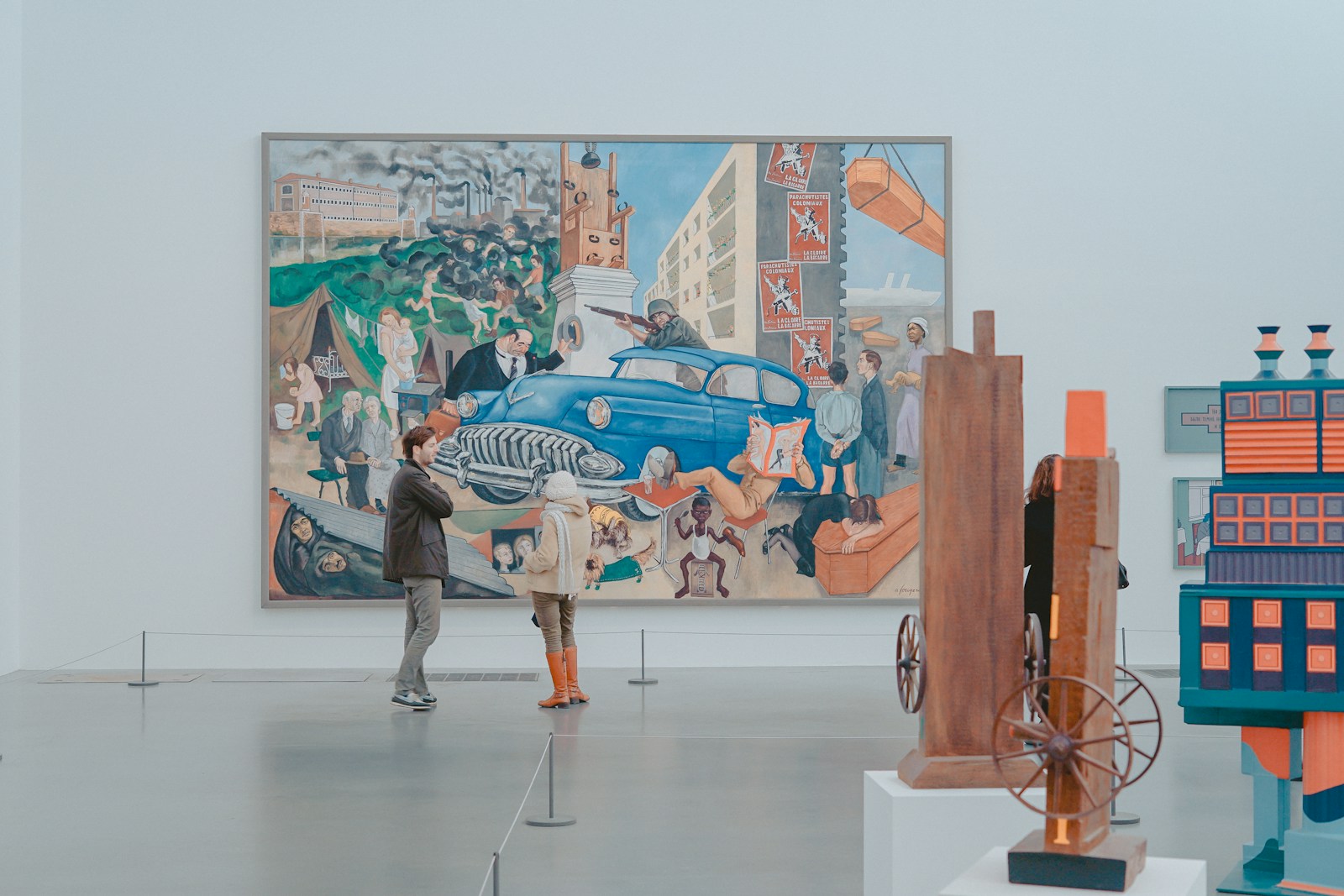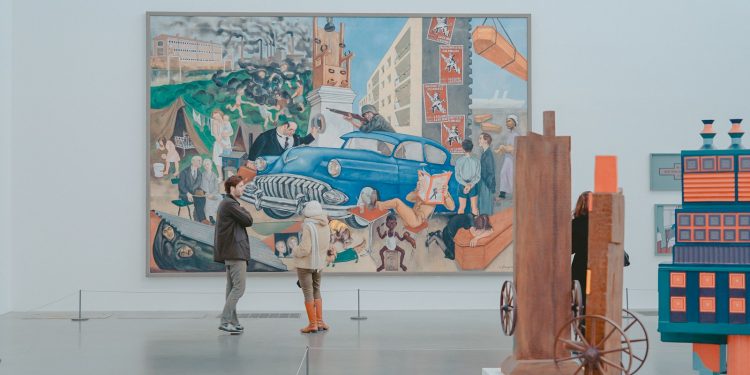Design critique is not merely a process; it’s a philosophy that challenges norms and drives innovation.
In a world inundated with standardized systems and repetitive aesthetics, the art of critically evaluating design holds the key to unlocking revolutionary solutions. This practice isn’t exclusive to designers; it’s a skill that every creator must hone, whether crafting products, services, or experiences.
Personal Reflections on Critique Culture
Early in my career, I dismissed critiques as unnecessary judgment—harsh notes that did little more than deflate creative ambition. It wasn’t until a mentor shared candid feedback on one of my projects that I realized critique is an act of collaboration, not condemnation. That experience revealed a broader truth: our aversion to critical analysis often stems from fear—the fear of inadequacy, rather than the inadequacy itself.
The resistance to critique is not confined to the creative sector. Industries ranging from technology to education exhibit similar behaviors. Teams avoid confrontation, sidestep hard questions, and rely on the status quo to navigate instead of embracing a culture of constructive disagreement. Yet, critique is transformative. It pushes us beyond comfort zones, unearthing potential that complacency buries.
Challenging the Status Quo
Traditional wisdom paints critique as evaluative—a process to point out flaws. But this perspective is limiting. What if critique was seen as exploratory, rather than evaluative? Instead of a post-mortem, it could function as a prelude to design evolution, mapping a future where boundaries are blurred and constraints dissolve. This approach demands multidisciplinary thinking, weaving insights from behavioral psychology, technological forecasting, and even philosophical ethics.
Take empathy, for instance. As a philosophical tool, empathy transcends the mere understanding of user needs. It becomes a lens for anticipated impact. Does your design anticipate the ethical dilemmas it will generate? Does it proactively address inclusivity and sustainability—not as prerequisites, but as principles?
The Psychology Behind Critique
Critique is as much about mindset as skillset. Behavioral psychologists argue that humans inherently seek affirmation, making the acceptance of critique counterintuitive. Yet, reframing critique as an act of mutual aid, rather than personal attack, can subvert this instinct. Feedback, when anchored in mutual respect and curiosity, transforms into a shared quest for improvement.
Consider cognitive bias. Designers often fall into the trap of “functional fixedness,” seeing their creation only within its intended context. Effective critique combats this by spotlighting overlooked applications and unintended consequences, fostering innovation. In this light, critique is less about dissecting failure and more about unpacking possibility.
Future-Forward Design Critique
As technology accelerates, critique must evolve to keep pace with the future of design. Artificial intelligence, for example, is shifting paradigms in product creation. Machines can predict patterns, suggest layouts, and enhance workflows. But can they critique meaningfully? Can they challenge ethical boundaries and cultural assumptions? The critique techniques we cultivate today will determine whether AI becomes a helpful collaborator—or a neutral executor of hollow ideas.
Sustainability further elevates critique’s urgency. As climate crises grow, design must embed accountability into every layer—from material choice to long-term viability. Here, critique transcends professional skill into civic duty, demanding that stakeholders—designers and consumers alike—question the ecological footprints of their decisions.
Tangible Steps Toward Better Critique
Design critique should no longer be reactive. Here’s how to master proactive critique:
Shift from ‘Is this design functional?’ to ‘Who benefits and who doesn’t?’
Include voices outside the core team—customers, peers from different fields, or cultural critics.
Identify entrenched norms in your design and intentionally disrupt them to find alternatives.
Create feedback loops that measure how critique impacts successive iterations.
Normalize disagreement as a source of intellectual progress instead of interpersonal conflict.
By implementing these strategies, critique transforms into an iterative process of growth, empowering creators and users alike to move toward imaginative possibilities and moral accountability.
Design Through Self-Education
The journey to refining critique is perpetual—an exercise in continuous learning. It requires looking beyond your discipline into intersecting spheres. A designer shapes experiences, but an anthropologist teaches empathy, a software coder outlines logic, and a philosopher presents ethical frameworks. The best critique is crafted not through expertise, but through curiosity that bridges worlds.
Therein lies the broader lesson: to critique design is to critique oneself. In doing so, we uncover truths about our biases, our ambitions, and our blindness. And only by interrogating them can we grow—both in craft and character.
Empowering Action
Revolutionary critique demands courage. Fear of failure must shift into admiration for possibility. As readers, creators, and practitioners, you have a responsibility to adopt perpetual critique—defined not by tearing down but by building up. Challenge yourself, challenge norms, challenge the very act of creating without question. This is not simply about design critique; it is about cultivating a mindset that values discovery over comfort.











